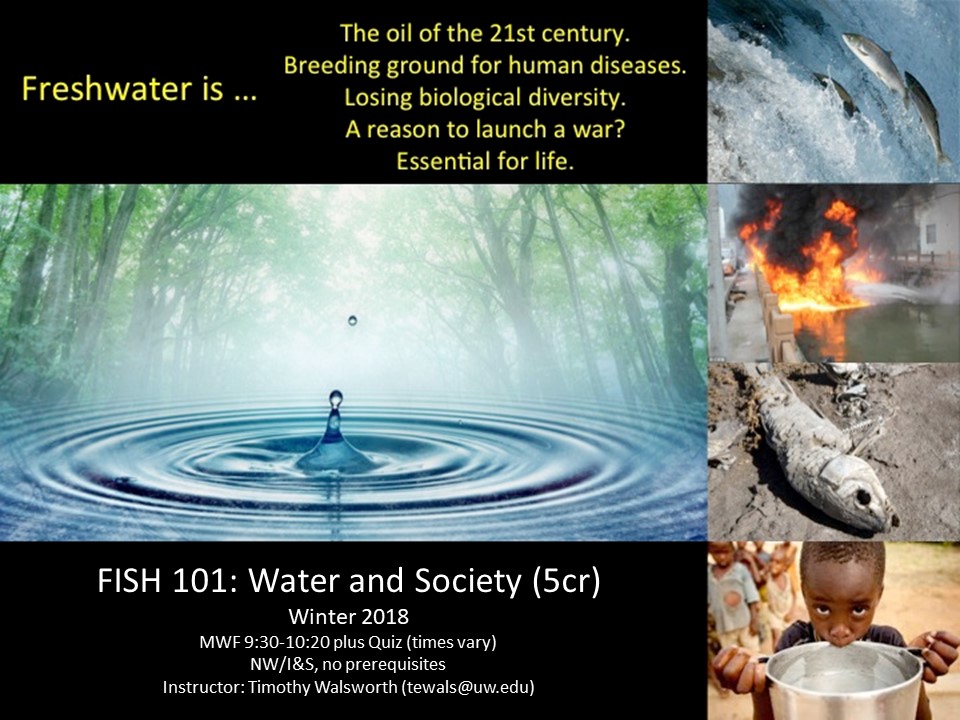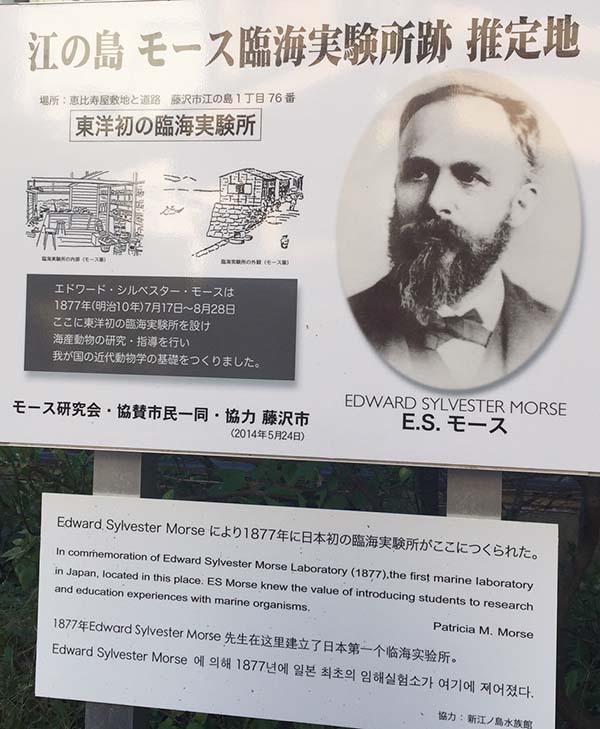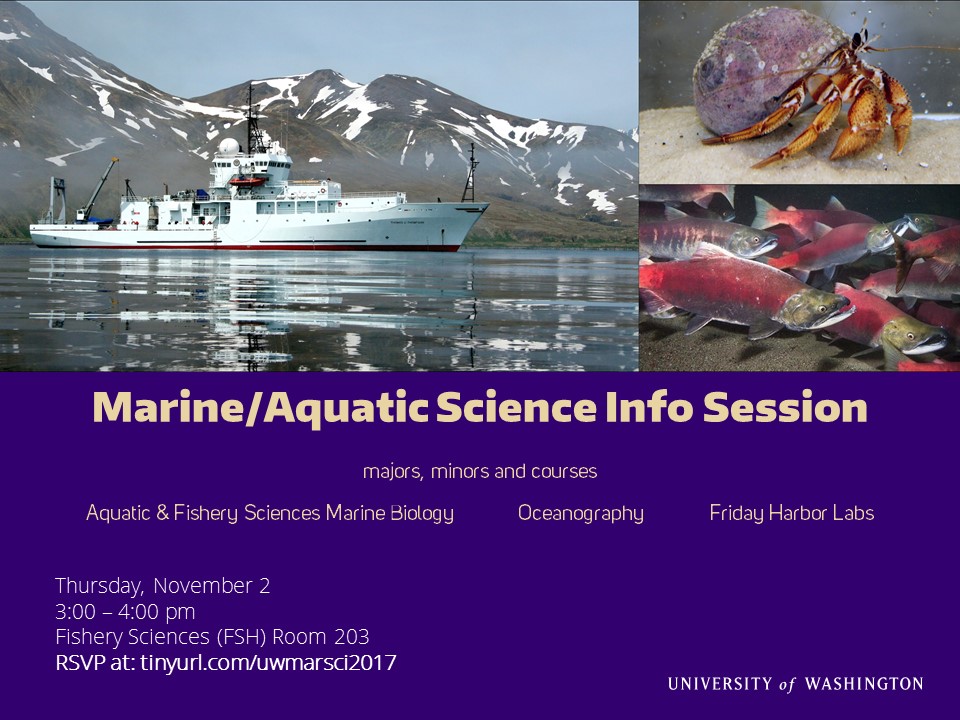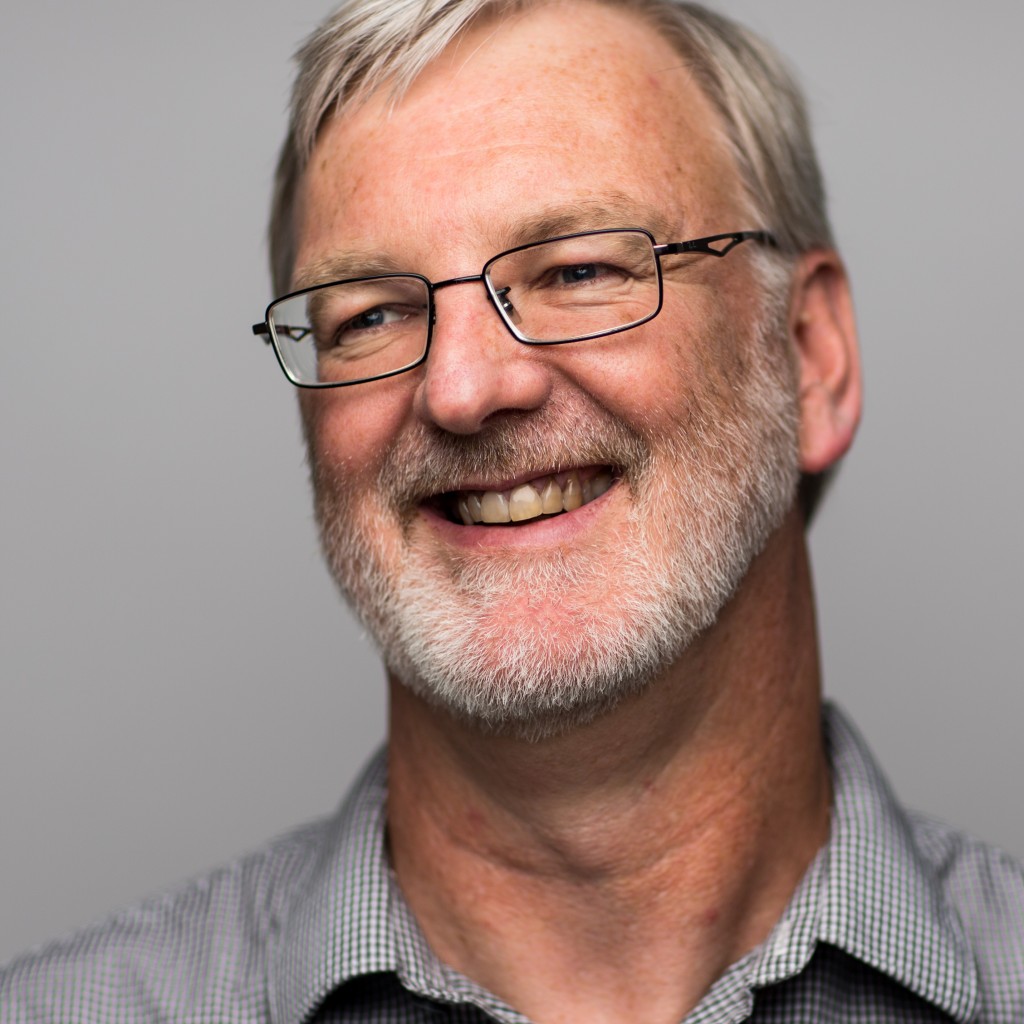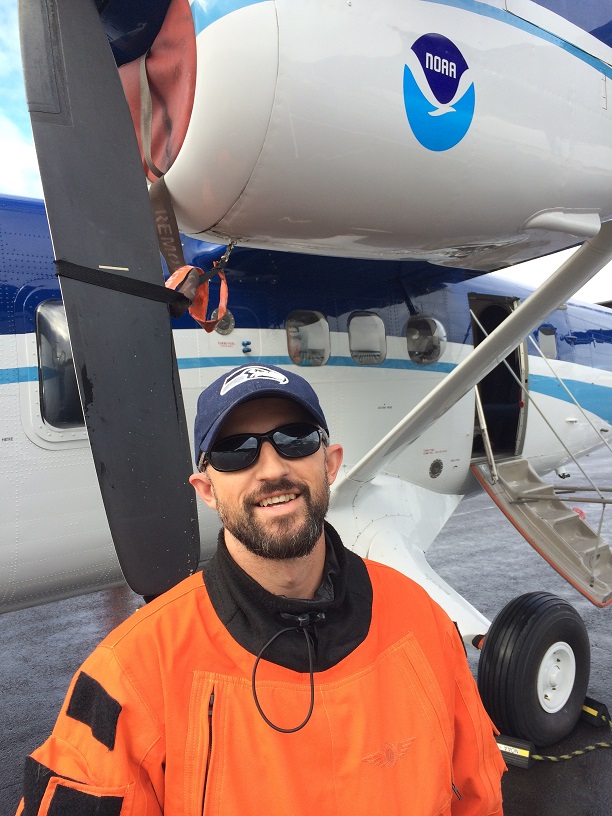
Modeling the Distribution and Abundance of Ice-Associated Seals in the Arctic
Paul B. Conn
Research Statistician
Marine Mammal Laboratory, NOAA Alaska Fisheries Science Center, Seattle, WA, USA
Affiliate Associate Professor
School of Environmental and Forest Sciences, University of Washington, Seattle, WA, USA
Thursday, November 2, 2017 4:00 PM
Fishery Sciences Building, Room 102
info session for undergraduate academic programs related to marine & aquatic sciences hosted upstairs in FSH 203 from 3:00 – 4:00 pm
Abstract: Negative trends in seasonal Arctic sea-ice extent have prompted concern for the viability of ice-associated marine mammals. For instance, bearded, ribbon, spotted, and ringed seals all depend on sea ice for molting, pupping, and rest; concerns about declining habitat have played prominently in recent listing decisions under the U.S. Endangered Species Act. To better understand the distribution and abundance of these species, NOAA scientists, in cooperation with Russian counterparts, have recently conducted wide ranging aerial surveys in the Bering, Chukchi, and Okhotsk Seas. These surveys use infrared technology to detect heat signatures of seals basking on ice, and coordinated digital photographs to provide information on species identity. Counts from these surveys provide information on distribution and abundance, provided that information on the detection process is taken into account (e.g. species misclassification, detection probability of the sensors, corrections for animals that are in the water). In this talk, I summarize recent research in estimation of abundance and distribution of ice-associated seals using these, and other (e.g. satellite tagging), data. Importantly, statistical modeling must take into account the spatial shifts in distributions that occur when surveys are conducted over long periods.
Bio: Paul holds a Bachelor’s degree in mathematics from Grinnell College, a Master’s degree in biomathematics from North Carolina State University, and a PhD in wildlife biology from Colorado

